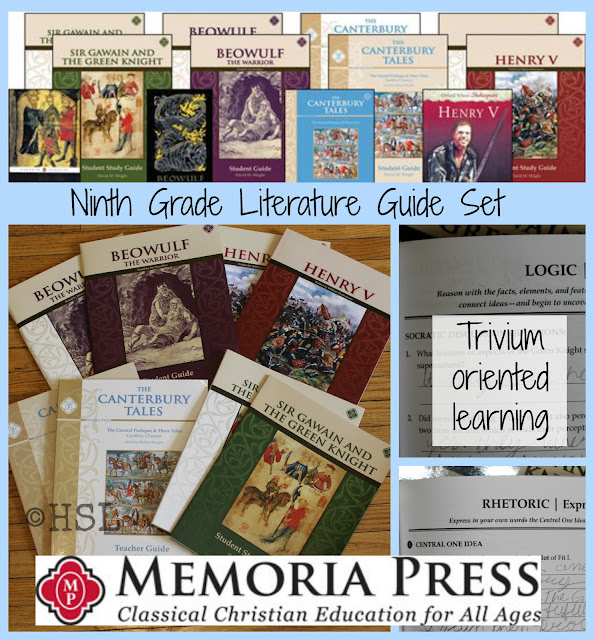When your children reach the Middle School years, there is a shift that happens in parenting. For some it happens in 5th grade, for others it happens in 6th and 7th grade. It is a shift towards independent learning. Your goal in these middle years should be to foster independence.
Don't worry, your children are still going to need you ~ A LOT! After all, this is where Algebra begins-LOL! The point is that now you shift from meeting all of their needs, to teaching them how to meet their own needs.
This shift takes time, and patience. Lots and lots of patience and prayer!
I'll share four things that can help you work on transitioning your children into independent learners before they enter the High School years. These are the things that we worked on (besides the obvious tasks of self-care, character traits, and changes brought on by puberty,) while our girls were in the Middle School years.
Teach learning skills
When you children are still littles, you spoon feed them most of their learning. Now is where you show them how to learn something themselves. Help them learn how to use the knife and fork of learning. Show them how to take notes, how to memorize names or important dates, how to use a key-word outline, and how to write a short speech. As they work on mastering each of these learning skills, they will be able to formulate a plan of attack to learn about new subjects themselves.Shift record keeping responsibilities
You are still ultimately responsible for making sure your students do their schoolwork, however, now is a great time to show them how to record what they've done. It teaches them a new skill and helps you keep better records yourself. Get them a planner, it can be from the dollar store, or a fancier one. There are a lot of student planners out there, but just a basic school-year calendar style one is a good place to start. Show them how to abbreviate for each subject or course, and record what they covered each day. Have them practice explaining it to Dad at the end of the week. It is a good recap for them, and a time to practice informal, informative speech skills.Encourage one or two outside activities
Your middle school aged student probably wants to spend time with their friends, and you want them to be some place safe. An organized club, sport, or volunteer activity several times a month can fit the needs of you both. Just put a limit on how many things they can participate in ~ save your sanity and your budget by limiting it to just a few times a month...not several times a week!Choose a path ~ or three
These middle years are a great time to explore several different possible careers at a superficial level. Visit people in the careers your student is interested in either through a field trip, or by arranging an after-hours meet and greet. Let them choose books at the library based upon their own interests, and let them explore. Right now, when they're still under your ever-watchful gaze, is a great time to explore possibilities for the future. The pressure to choose is low, and the excitement to try something new is high ~ capitalize on it!Have fun!
Your middle schoolers are really turning into unique, thoughtful individuals. Cherish this time when they still want to tell you everything, and you'll get to keep that communication line open for the High School years. Do fun activities together because you can. Choose to spend days outdoors together, because now, you don't need to find a pit-stop every twenty minutes! Enjoy your children now while there is free time. High School is around the corner. Start talking to them now about possible courses of study, and then, ditch school on a sunny day and go hike in the park ~ because you can! Just write it down as gym class.Tomorrow we'll be back with one last stop in this big hop ~ tips for the High School years.
In the meantime ~ go hug your kids!









